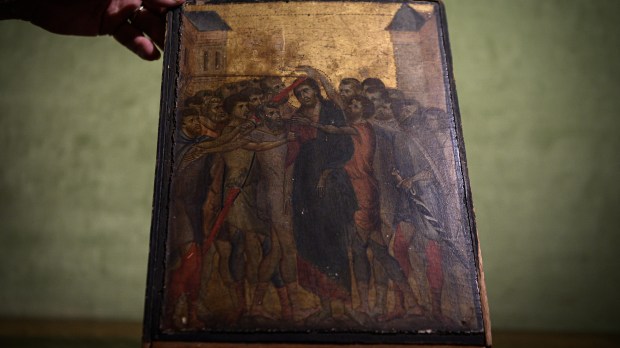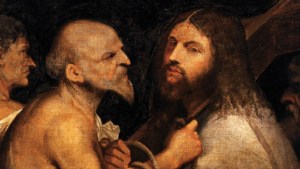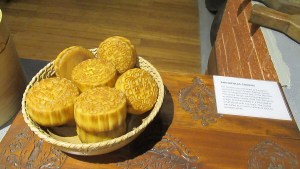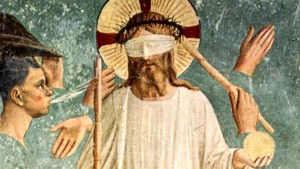For those of us who follow arts and culture news, the idea that masterpieces can be hiding in the most unusual of places is a familiar one. In recent years, valuable and important paintings have been found in bedrooms, in attics and in storage units.
A few years ago, newspapers around the world reported the surprising discovery of a well-preserved wooden panel by pre-Renaissance Italian master Cimabue found hanging in a French woman’s kitchen.
The artwork, part of a 1280 polyptych depicting Christ’s passion and crucifixion, was found during a house clearance and put up for auction by France’s Acteon Auction House. Auctioneers expected the artwork to be sold for no more than $6.4 million.
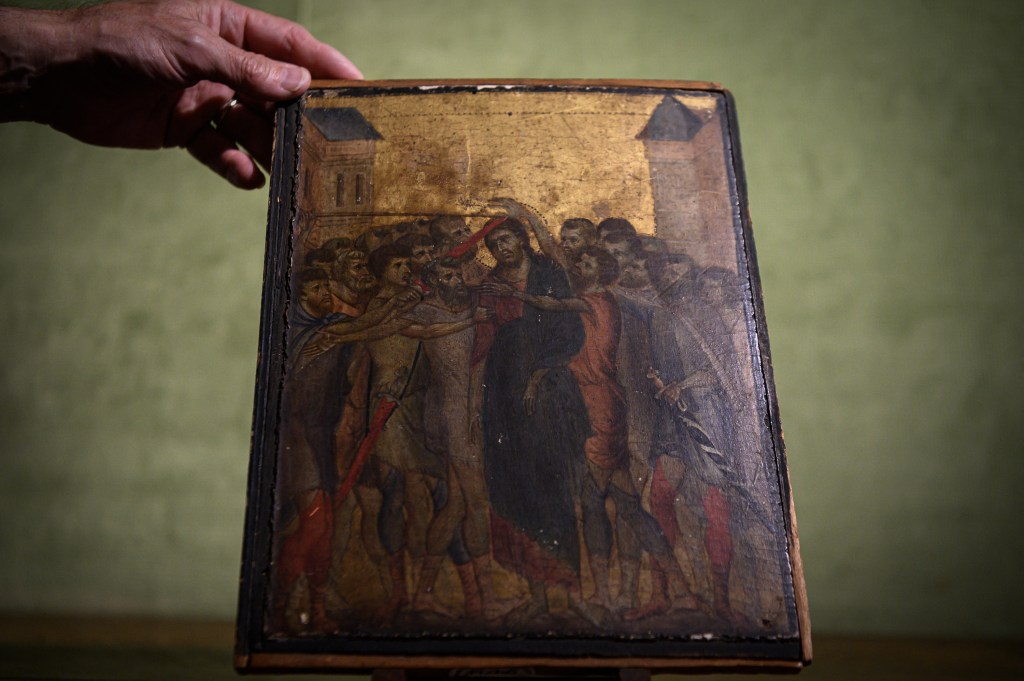
To everyone’s surprise, the bidders far exceeded expectations and an anonymous buyer secured the painting for $26.6m, making itthe most expensive medieval painting in history.
When news started to circulate that the buyer was a Delaware-based arts foundation, the government of France stepped in to prevent the newly found masterpiece from leaving the country. As reported by Aleteia, the French government declared “Christ Mocked” as a “national treasure” and prevented its export for 30 months.
Last week, the Louvre Museum in Paris announced that thanks to a successful fundraising campaign the institution was able to match the anonymous buyer’s price and secure the newly found Cimabue.
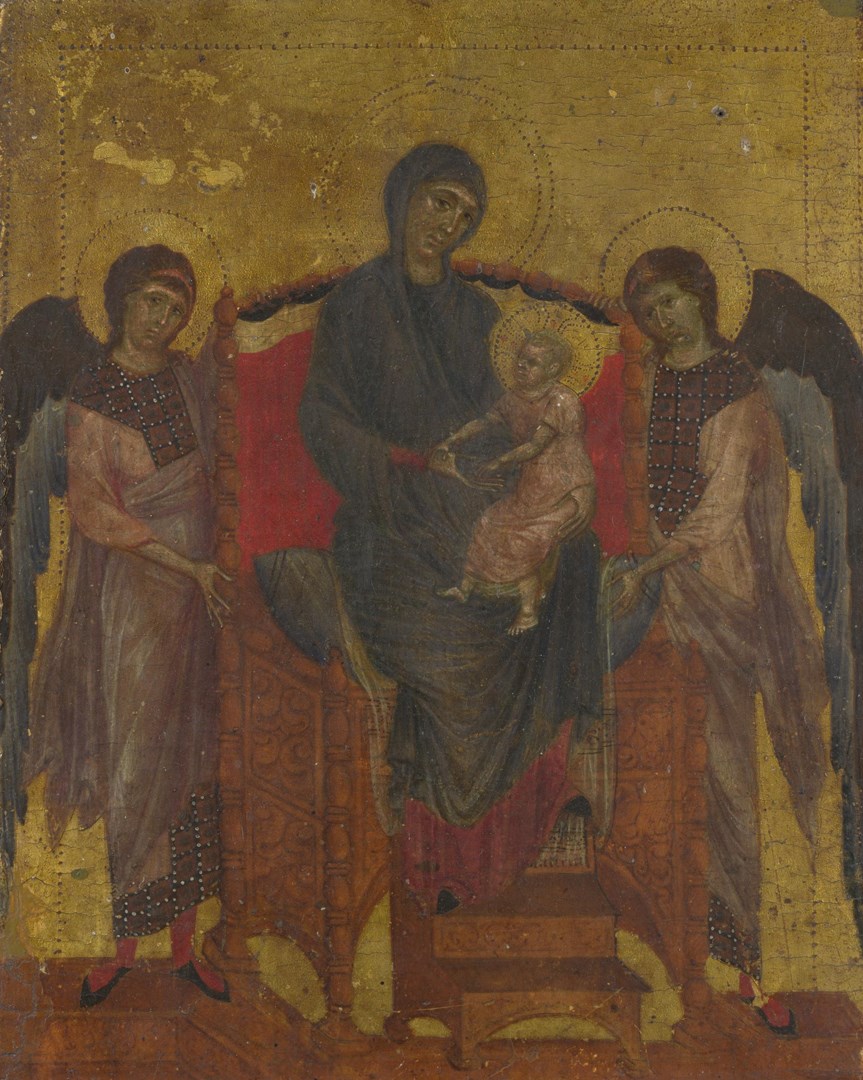
“Cimabue’s ‘The Mocking of Christ’ constitutes a crucial milestone in the history of art, marking the fascinating transition from icon to painting,” said The Louvre’s director Laurence des Cars in a press release, “It will soon be presented alongside the Maestà, another masterpiece by Cimabue belonging to the Louvre collections that is currently being restored.” The newly acquired masterpiece will also be shown by the Louvre in a special exhibition planned for Spring 2025 alongside another recently acquired work, a drawing by Victor Hugo.
As explained by The Guardian, art history experts at Turquin in Paris analyzed the panel with infrared technology to confirm that it belonged to the 1280 polyptych by Cimabue. Two other scenes from that same polyptych, known as the “The Virgin and Child with Two Angels” and “The Flagellation of Christ,” are currently kept in the National Gallery in London and at the Frick’s collection in New York.
“Christ Mocked,” which depicts the mocking of Jesus by crowds moments before the crucifixion, allows us to further understand Cimabue’s original polyptych. The sense of movement of the panel, with people visibly grasping for Jesus’ body, anticipates Renaissance elements like perspective and movement, making Cimabue a “missing link” between medieval painting, influenced by Byzantine art, and the Renaissance.
As explained by the Louvre, the “Mocking of Christ” is now part of the museum’s painting department making it the oldest work in that collection and “an essential milestone for understanding the development of Western art.”
